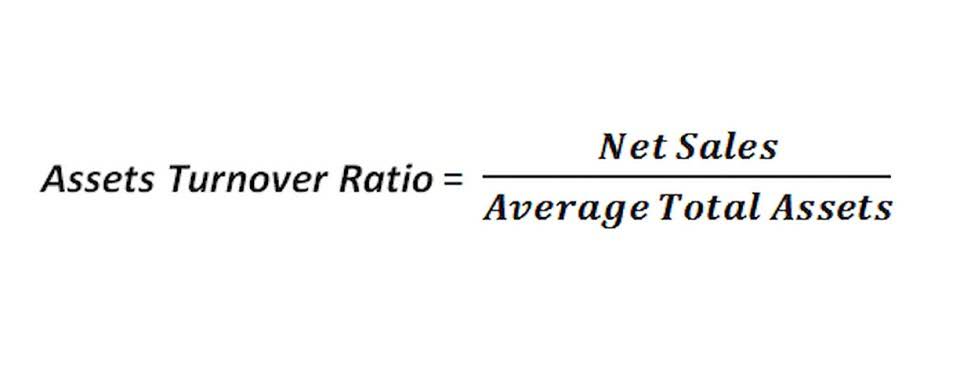
The online customer base across countries for food and household products, for instance, has grown by more than 30 percent, on average, since before the pandemic. This glossary page provides a comprehensive definition of Small and Medium-sized enterprises (SMEs) and related terms. In December 2017 (the latest data available), 99.8% of Canadian businesses had fewer than 500 employees. However, there is a shared goal of defining an SME in that it seeks to differentiate small businesses and medium-sized businesses from large corporations.
- That fund ultimately raised $100 million, half of which is matched by BDC Capital.
- In the National Small Business Amendment Act 2004,[20] micro-businesses in the different sectors, varying from the manufacturing to the retail sectors, are defined as businesses with five or fewer employees and a turnover of up to R100,000 ZAR ($6,900).
- These insights are meant to help owners make their businesses grow and survive, as well as target high-risk areas and boost tax compliance.
- As is the case in other countries, SMEs represent 99% of all businesses within the EU.
- The SBA normally identifies any company with fewer than 10 employees as small offices/home offices (SOHO).
What is an SME?
- Such programs typically work to identify SMEs with high growth potential and provide them with the one-on-one support they need to realize this potential over a defined period of time.
- Numerous NGOs and private-sector players have attempted to launch a local complementary currency restricted to a certain community (see sidebar “The 85 years of the Swiss WIR franc”).
- Because it added only one tick size to Rule 612, the SEC adopted only one reduction in access fee caps, from 30 mils to 10 mils per share for protected quotations in NMS stocks priced $1.00 or more.
- The upper employee limits for an SME can be as small as 200 or as large as 1,000.
- The cogs within the engine room of the company can move slowly, so they are less nimble, flexible and able to adapt to market or industry change needs or desires.
- This increase in size also creates more complexity and demands as there is greater breadth and depth in the components of the business such as more locations, costs, products and services offered, customers, suppliers, assets, stakeholders, and employees.
The term small and medium-size enterprise (SME) refers to a broad swathe of companies, ranging from single-proprietor businesses to those with hundreds of employees and tens (or hundreds) of millions of dollars in revenue. Medium-sized enterprises are the largest type of SMEs, with between 50 and 250 employees and an annual turnover of less than €50 million. They are often more complex than small enterprises and may have multiple locations or business units. A small- to mid-size enterprise (SME) is a business with revenues, assets, or numbers of employees that fall below a certain level. The criteria for determining an SME varies between countries and sometimes between industries.

Digital and artificial intelligence (AI) adoption programs

Currently, the access fee is capped at 30 cents per 100 shares (or “30 mils” per share) for NMS securities priced at or above $1. The access fee is capped at 0.3% of the quotation price for NMS stocks priced below $1. Advantages and Challenges ~ A large business leads the way for all other categories. Their size and characteristics are significant in nature, complex, dynamic, and fluid. The cogs within the engine room of the company can move slowly, so they are less nimble, flexible and able to adapt to market or industry change needs or desires.
Keeping up with digitalization
For all these categories, the specifics of how they are implemented matter; therefore it is difficult to draw universal best practices from them. However, it can be instructive to consider the following ways these programs are helping to close the productivity gap for SMEs. Government agencies and NGOs with a good understanding of SME subsegments can better tailor their programs to meet SMEs’ unmet needs. We have researched SME support programs across the world and categorized them into a matrix of ten approaches.

- Its original goal was to stimulate trade within its representative community (which now includes more than 50,000 businesses, almost 20 percent of all enterprises in Switzerland); more than 1 percent of the Swiss GDP is exchanged in WIR francs.
- The “Great Attrition” is likely to upend the ways all businesses think about talent.
- These category definitions and metrics are provided by the Australia Bureau Statistics, FairWork Australia, and the Australian Securities Investment Commission (‘ASIC’), and Australian Treasury.
- Setting up a GVCF can contribute to this objective while also providing adequate financial returns for the government.
- For example, a manufacturing business in wet corn milling is considered a small business if it has under 1,250 employees, while a small manufacturing business in rice milling can’t have more than 500 employees.
The 20-week program involved approximately 150 change agents and resulted in a 40 to 70 percent increase in machine and manpower productivity as well as an improved workplace environment.14Based on an interview with Digital Capability Center (DCC) Singapore. Limited awareness of AI, limited access to digital talent, and limited capital to invest in AI applications can significantly hinder the uptake of these technologies by SMEs. Governments have started expanding their productivity programs toward digital adoption or medium business accounting setting up dedicated programs to help SMEs deploy AI technologies in their processes and products. Similar to productivity programs, digital- and AI-adoption programs also rely on centers of excellence and model factories for demonstrations. These programs depend on an ecosystem of different players and professionals to enable SMEs to deploy AI in their companies. To date, INMAA has trained 650 change agents from 340 SMEs across seven sectors—achieving a 40 percent increase in productivity of participants on average.

